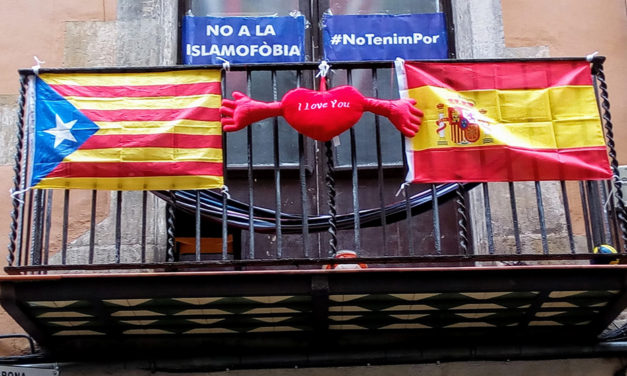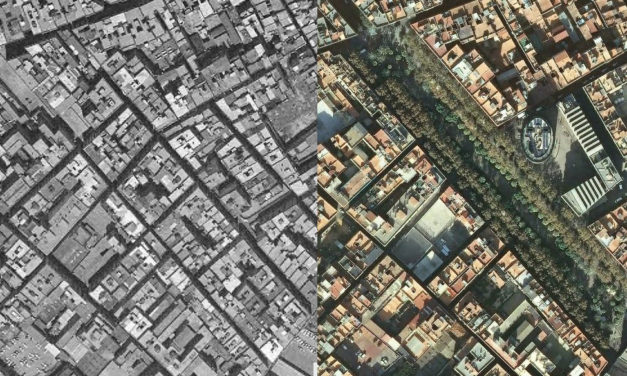Stop Demolishing Useful Buildings: a Manifesto for an Architecture of Transformation
I’m a walking nightmare, an arsenal of doom I kill conversation as I walk into the room I’m a three line whip I’m the sort of thing they ban I’m a walking disaster I’m a demolition man (Demolition Man, by Sting) Demolition in progress in Barcelona’s historic centre Why is the demolition of old buildings and their replacement by new ones still widely seen as a sign of “progress”? Why is transforming an existing structure considered somehow “less architectural” than demolishing it and building anew? Demolishing perfectly sound, useful structures harms both the environment as well as our collective memory. In this age of human-induced climate change, existing buildings should be maintained and transformed through adaptive reuse whenever possible, regardless of whether they are listed as heritage or not. But there is also the issue of collective memory that is permanently lost whenever buildings are demolished that could otherwise be refurbished: their replacement by new buildings usually leads to a much more sterile and soulless environment, especially when this is done on a massive scale. This is not about preserving a status quo for reasons of nostalgia. Far from it. There are plenty of structurally unsound buildings everywhere for creating new building sites, to say nothing of the abundance of empty lots in many cities. This is rather about not always discarding things that are still perfectly useful, and...
Read More



